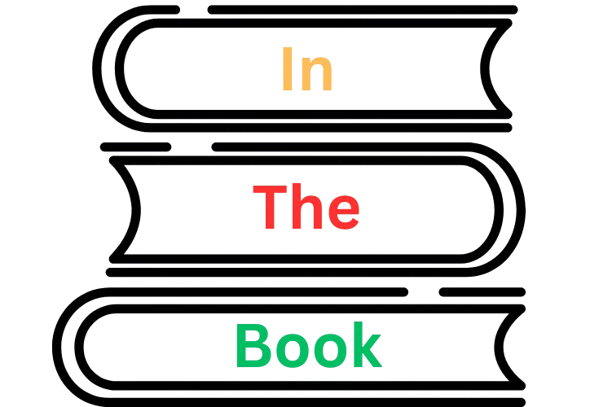Italian cinema has long served as a creative touchstone for filmmakers around the world, but perhaps nowhere is its influence more deeply felt than in Hollywood. From gritty neorealism to Italian comedies, Italian directors brought new ways of seeing — and feeling — that would profoundly shape American film language. This cross-Atlantic legacy begins in postwar Italy but continues to echo through the work of today’s most iconic directors.
Let’s follow this iconic story.
Contents
Italian Neorealism and the Seeds of Change
In the wake of World War II, Italian directors responded to national trauma not with escapism but with an urgent sense of realism. Films like Roberto Rossellini’s Rome, Open City (1945) and Vittorio De Sica’s Bicycle Thieves (1948) depicted poverty, resilience, and moral struggle using non-actors and real locations. These stripped-down, emotionally resonant stories stood in stark contrast to the polished escapism of Hollywood at the time.
This honesty didn’t go unnoticed. Across the Atlantic, young American filmmakers like Martin Scorsese, Francis Ford Coppola, and Sidney Lumet were deeply inspired by neorealism’s ability to turn the ordinary into the extraordinary. Scorsese himself called Bicycle Thieves “the perfect movie.” In his 1999 documentary My Voyage to Italy, he credits Rossellini and De Sica with showing him that film could be personal and political at once.
In many ways, the movement laid the groundwork for what would become New Hollywood in the late 1960s — a rebellious wave of American filmmakers who rejected studio gloss in favor of grit, ambiguity, and character-driven storytelling.
From Personal Realism to Operatic Vision: Fellini, Visconti, Antonioni
While neorealism grounded Italian cinema in raw authenticity, the next generation of auteurs elevated it with style and philosophical depth.
Federico Fellini, once a screenwriter for neorealist films, took a sharp turn toward surrealism and introspection with La Dolce Vita (1960) and 8½ (1963). These films influenced everyone from Woody Allen to Bob Fosse, who borrowed from Fellini’s dreamlike structure and flamboyant visuals.
Michelangelo Antonioni was another force of innovation. His modernist trilogy — L’Avventura, La Notte, and L’Eclisse — used minimalism and long silences to explore existential emptiness. His work profoundly impacted directors like Stanley Kubrick and Terrence Malick, who echoed Antonioni’s focus on mood, space, and disconnection.
Meanwhile, Luchino Visconti, a Marxist aristocrat, married political commentary with visual grandeur in epics like The Leopard (1963), setting a template for future period dramas that would shape everything from The Godfather to Barry Lyndon.
Spaghetti Westerns: Redefining an American Genre
Perhaps the most direct stylistic collision came with Sergio Leone, whose “Spaghetti Westerns” rewired one of Hollywood’s most beloved genres. With A Fistful of Dollars (1964), For a Few Dollars More (1965), and The Good, The Bad and The Ugly (1966), Leone transformed the Western into a mythic, stylized, and morally ambiguous canvas.
His use of extreme close-ups, operatic violence, and Ennio Morricone’s iconic music deeply influenced directors like Quentin Tarantino, Robert Rodriguez, and even George Lucas, who cited Leone’s editing and pacing as an inspiration for Star Wars.
The Italian Aesthetic in American Hands
By the 1970s, the influence of Italian cinema had taken hold in American filmmaking. Consider:
- Taxi Driver (1976) — Martin Scorsese’s bleak portrayal of New York draws from the emotional starkness and social concern of neorealism.
- The Godfather trilogy — Francis Ford Coppola’s masterpiece is soaked in Italian cultural identity, moral ambiguity, and family tragedy, echoing both Visconti’s epic vision and De Sica’s humanist roots.
- Mean Streets (1973) — Heavily inspired by Fellini’s I Vitelloni, this film explores young men caught between innocence and adulthood with tragic honesty.
A Legacy That Endures
The impact of Italian directors on Hollywood continues today. Whether it’s the intimate realism of Chloé Zhao, the formal experimentation of Paul Thomas Anderson, or the operatic storytelling of Damien Chazelle, echoes of Italian artistry persist. Films like Roma (2018) by Alfonso Cuarón also draw a direct visual lineage to the black-and-white neorealist aesthetic.
Even beyond style, the moral tension, visual richness, and emotional complexity pioneered by Italian auteurs have set a high watermark for cinema across cultures.
Conclusion: A Conversation That Continues
The dialogue between Italian cinema and Hollywood has never been one-sided. While Italian directors gave American filmmakers new tools for storytelling, Hollywood offered Italian talent broader international stages. Filmmakers like Bernardo Bertolucci, who found success on both sides of the ocean with Last Tango in Paris and The Last Emperor, exemplify this rich exchange.
What remains clear is that Italian cinema didn’t just influence Hollywood — it helped transform it. By introducing realism, emotional depth, and bold stylistic innovation, these filmmakers redefined what movies could say and how they could say it.

Ross, an exam specialist with a passion for education, writes comprehensive articles on exam results and admit cards. His expertise ensures students receive reliable information and useful tips to excel in their exams.


























